Late summer doesn’t have to signal the curtain call for your garden’s colour. In fact, this is one of the most rewarding times to plant, as cooler nights and softer light create the perfect stage for a fresh wave of blooms. By making a few strategic choices now, you can keep your outdoor space looking vibrant and inviting right into late autumn—and even enjoy a few lingering flowers as winter approaches.
Some plants are natural stars of the cooler months. Dahlias provide bold, sculptural flowers in a huge range of colours, from warm apricots and deep burgundies to soft pastels, creating a dramatic focal point in beds and borders. Salvias, with their elegant spires, are loved by pollinators and will keep flowering right up to the first frosts. Pansies and violas bring cheerful splashes of colour that can withstand the crisp nights of early winter, while dusty miller’s silvery foliage catches the autumn light beautifully and makes neighbouring blooms pop. Hardy fuchsias, with their dangling bell-shaped flowers, can keep performing until November, bridging the gap between summer exuberance and winter rest.
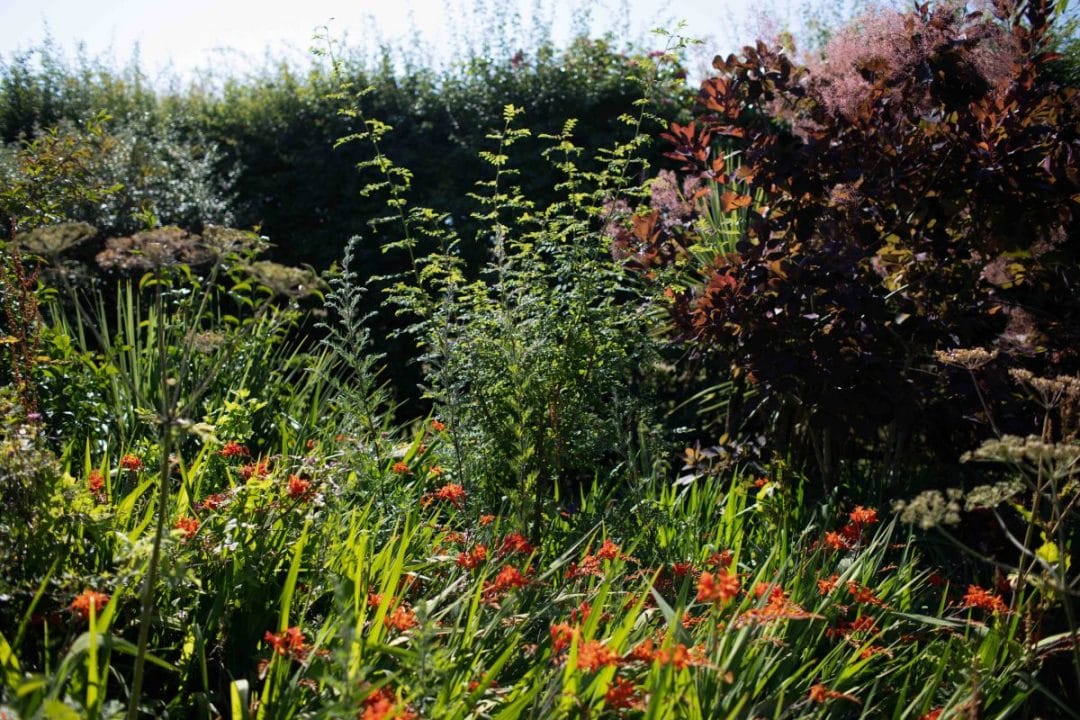
If your hanging baskets are beginning to look a little tired after a long summer, this is the perfect moment to refresh them. Replace fading summer plants with hardy autumn varieties such as pansies, trailing ivy and heather. Layering trailing foliage with upright flowers adds depth and visual interest, making them just as eye-catching as they were in June. For best results, add a slow-release fertiliser so they stay lush and blooming well into the cooler months.
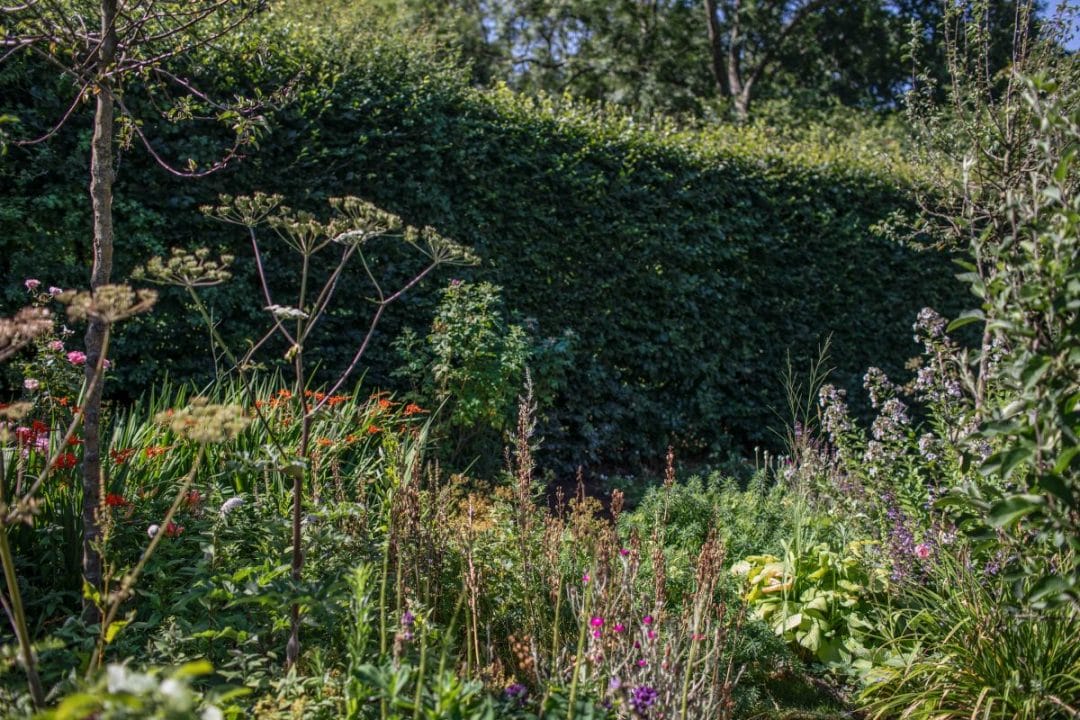
It’s also a great time to give your summer performers a gentle push for a “second act.” By pruning back lavender, roses and other flowering shrubs, you encourage a fresh burst of growth and possibly even another round of blooms. Deadheading spent flowers prevents plants from wasting energy on seed production, allowing them to focus on producing new flowers instead.
Don’t forget about texture and structure, which become even more important as autumn light softens and flower numbers gradually decline. Ornamental grasses such as Stipa tenuissima and Carex sway gracefully in the breeze and catch the low sun in a way that makes the garden feel alive even on cooler days. The seed heads of echinacea, alliums and rudbeckia not only look striking against autumn skies but also provide valuable food for birds in the colder months.
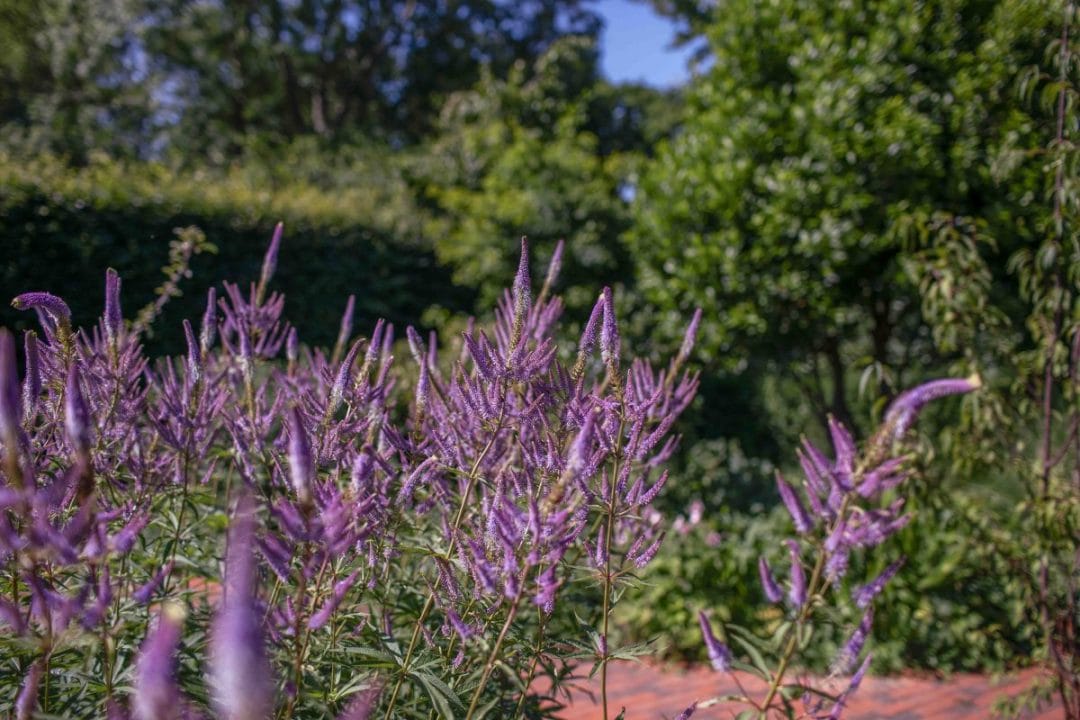
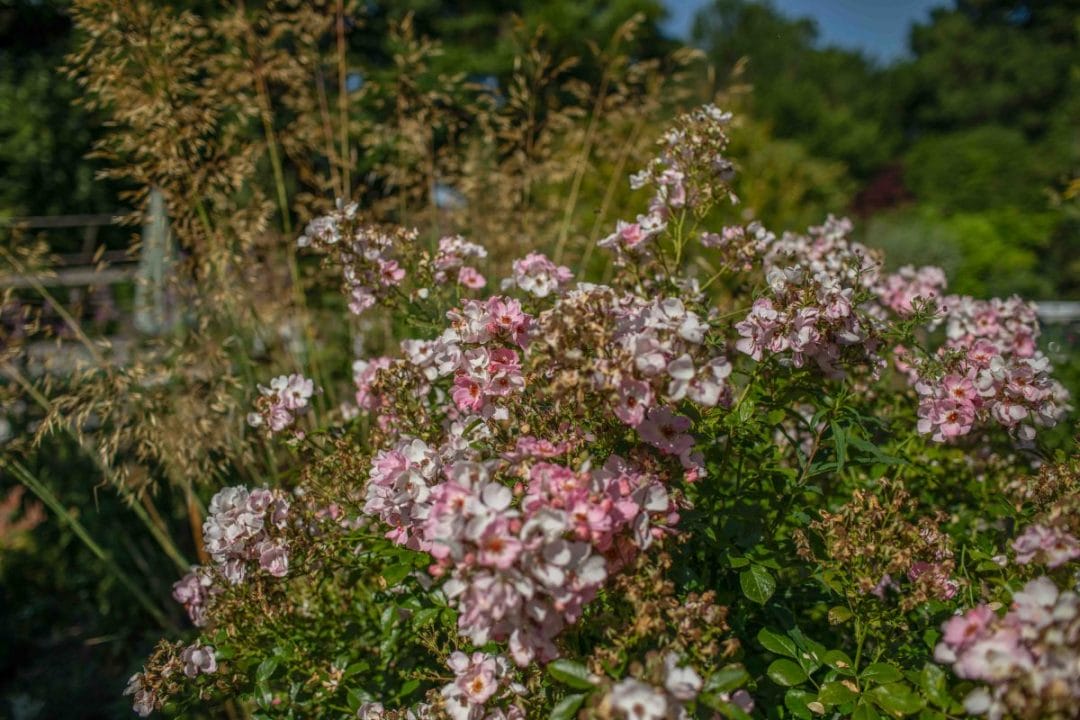
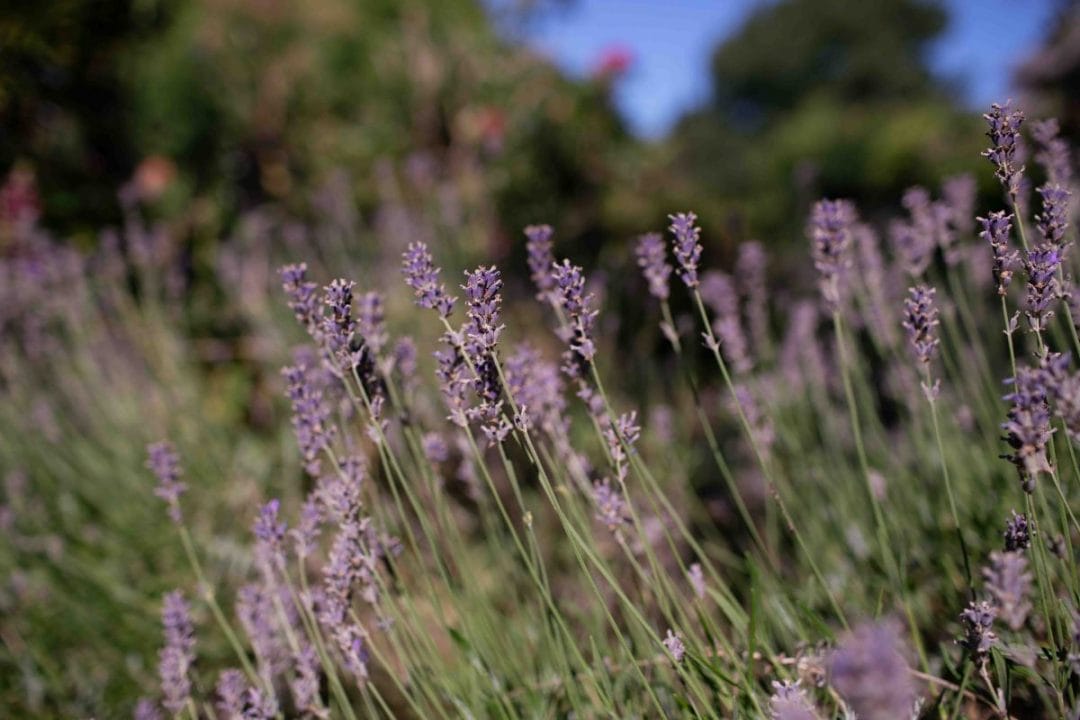
To keep your late-season additions healthy, water deeply once or twice a week—especially during any unexpected dry spells—so the roots establish before winter. A liquid feed every couple of weeks will keep flowers and foliage looking their best, and a layer of mulch around the base of plants will help conserve moisture, suppress weeds and regulate soil temperature.
With just a little forward planning now, your garden can deliver a stunning encore performance long after your neighbours’ displays have faded. It’s a chance to enjoy those magical autumn evenings outdoors, surrounded by colour, texture and the gentle hum of wildlife making the most of the season.
READ MORE

